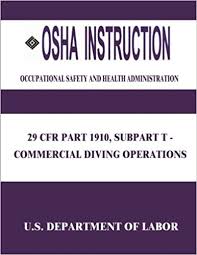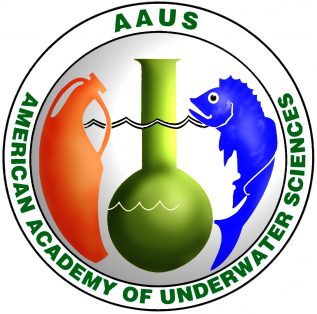What is Scientific Diving?
Scientific divers use specialized expertise to study the underwater environment and utilize scuba or other diving equipment as a tool. The primary role of a scientific diver is that of an observer and data gatherer. Common activities include visual measurements and counts of living organisms, collection of biological or physical samples, underwater surveys, photography, and placement of scientific equipment.
The Occupational Safety and Health Administration (OSHA) defines scientific diving as diving performed solely as a necessary part of a scientific, research, or educational activity by employees whose sole purpose for diving is to perform scientific research tasks and regulates these activities under an exemption to the commercial diving standard [29 CFR 1910 Subpart T]. The American Academy of Underwater Sciences (AAUS) promulgates standards for the conduct of scientific diving programs and provides a forum for members to share information.
The UMaine Scientific Diving Program is responsible for the oversight of scientific diving at all UMaine System campuses and remote-sites. All UMaine System scientists and students who wish to use diving to accomplish their research or educational objectives must meet the minimum requirements for scientific divers as defined by the AAUS and UMaine. These standards require that divers pass stringent physical exams, meet additional training requirements, and maintain a sustained level of diving activity.


